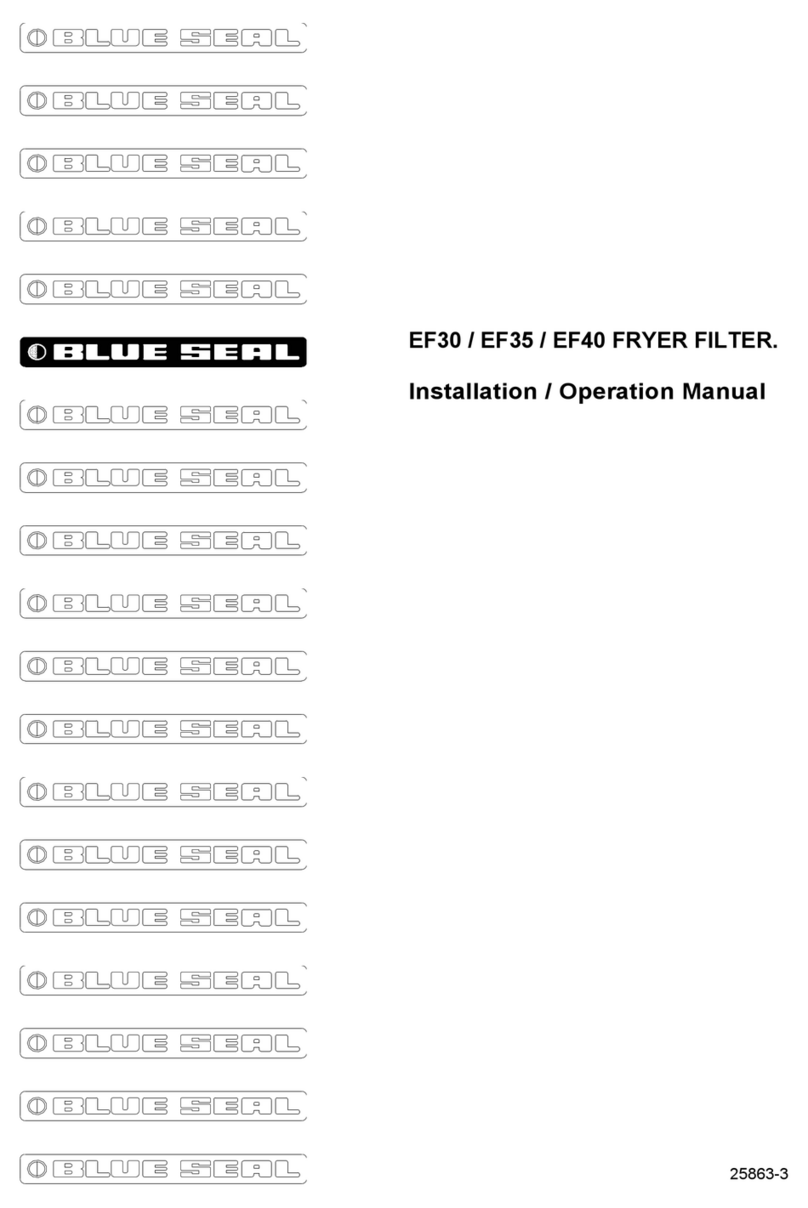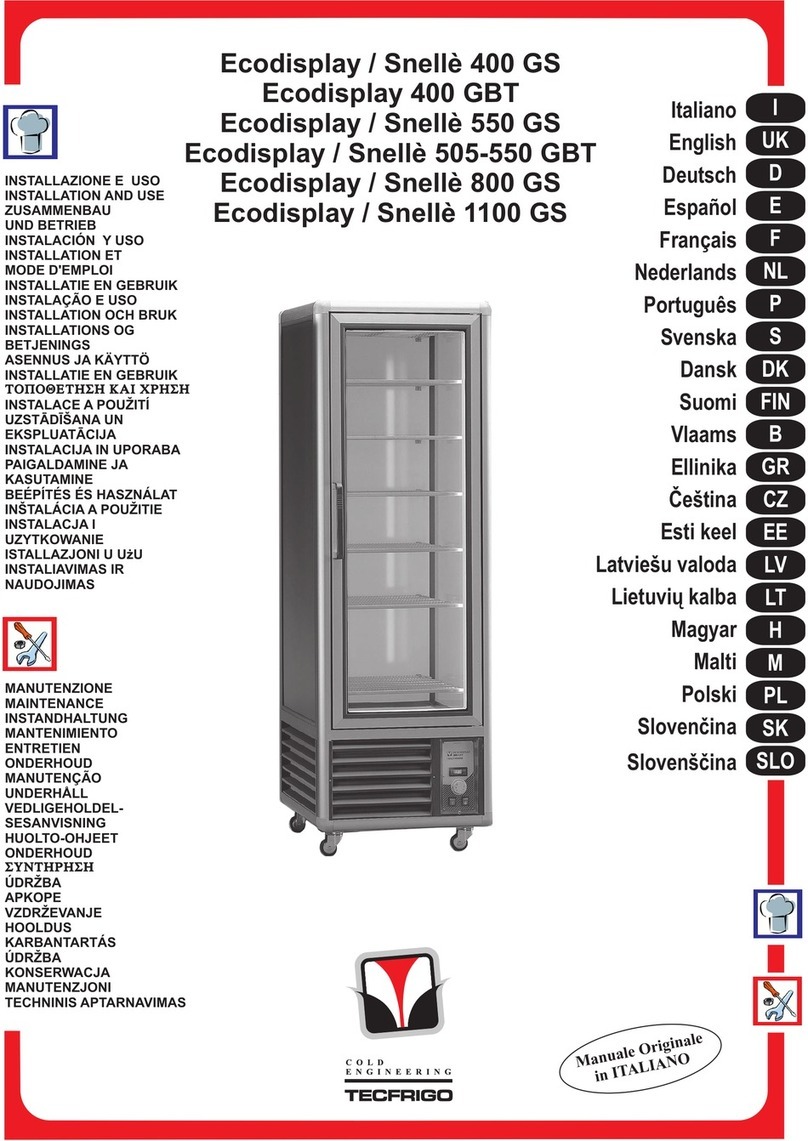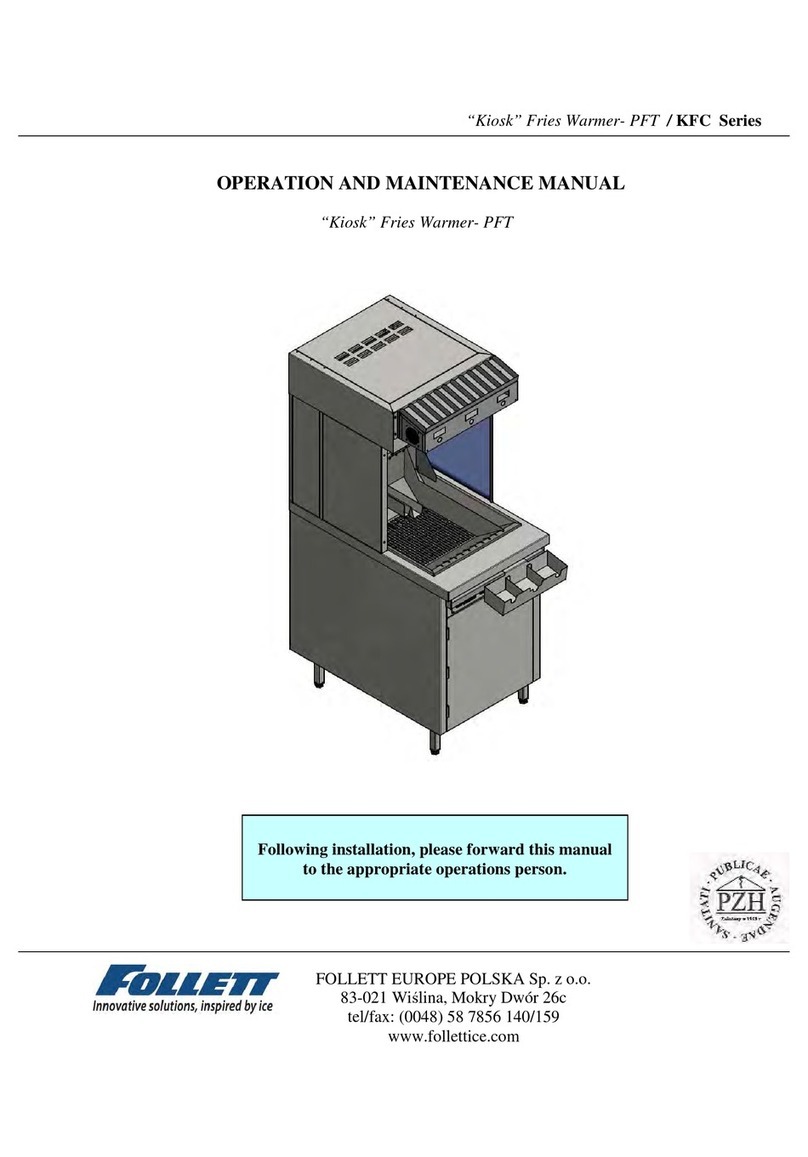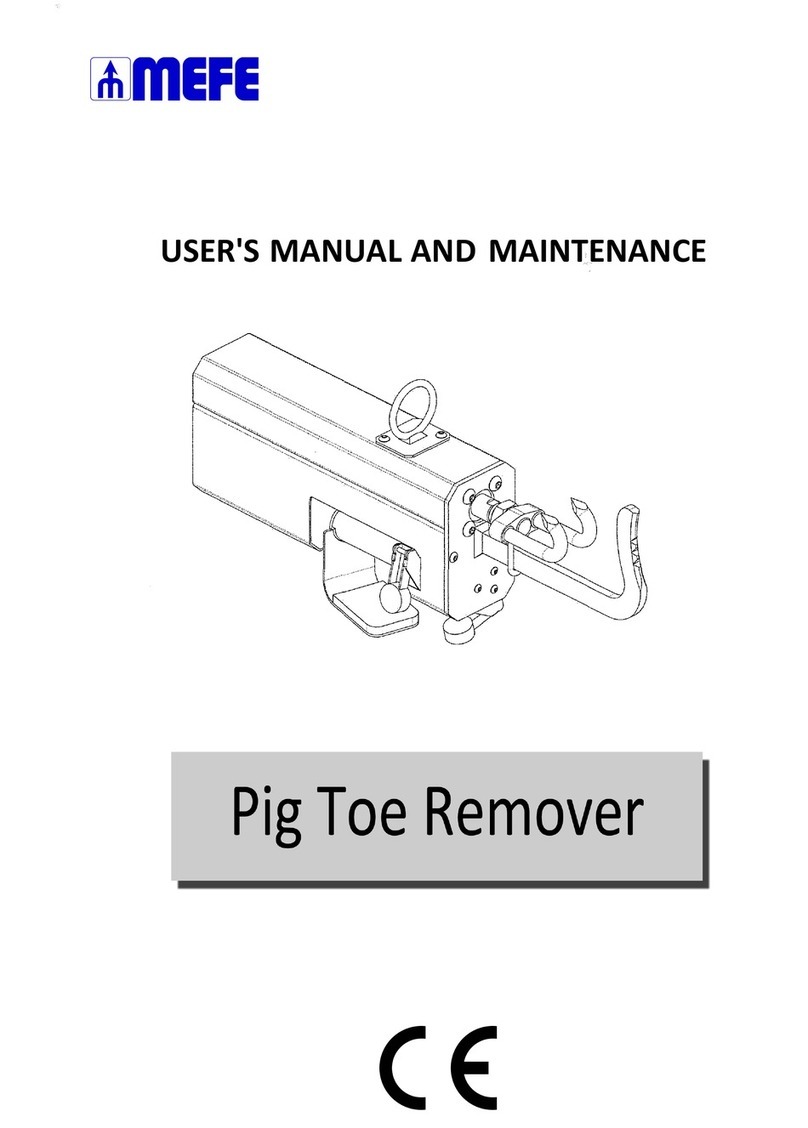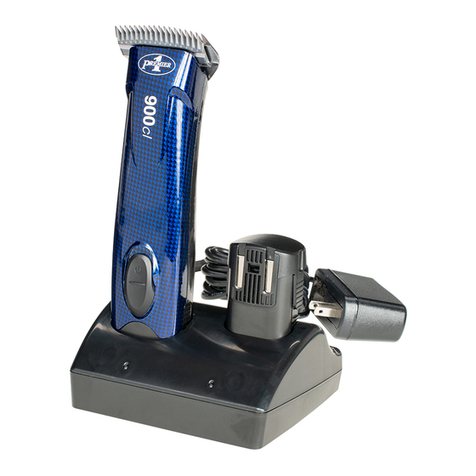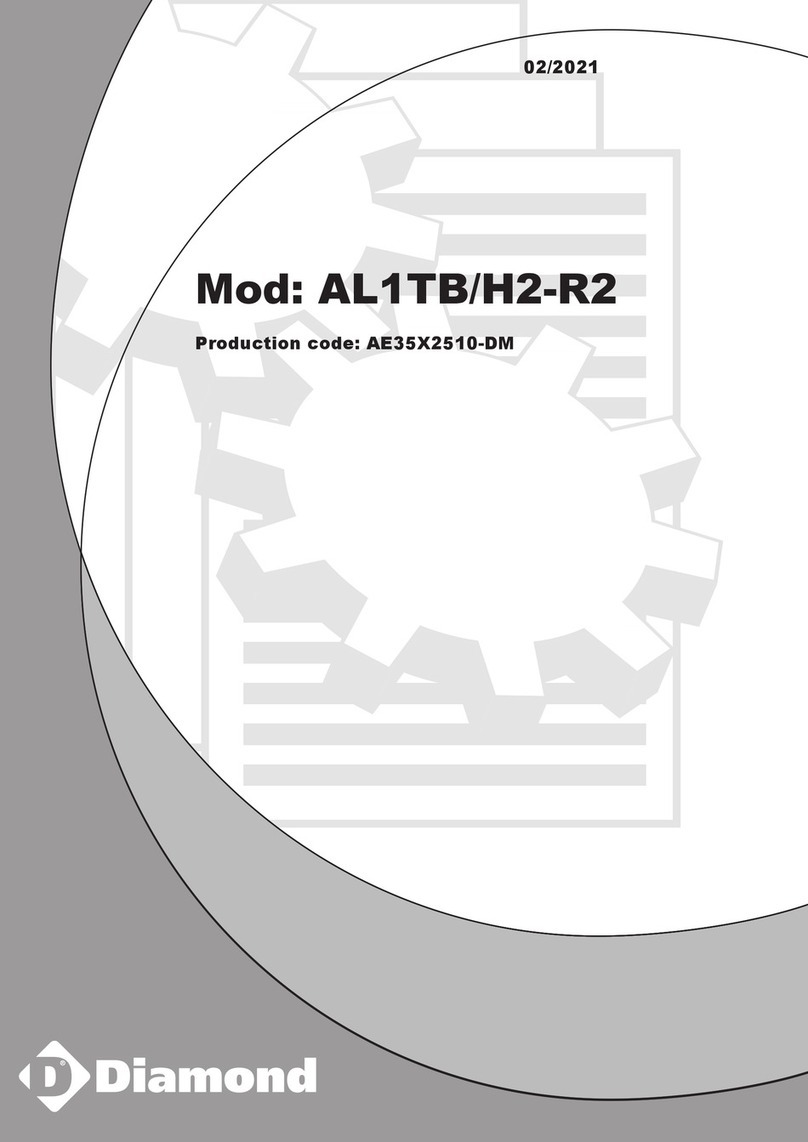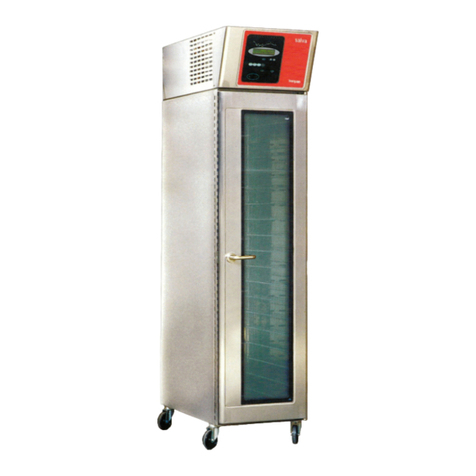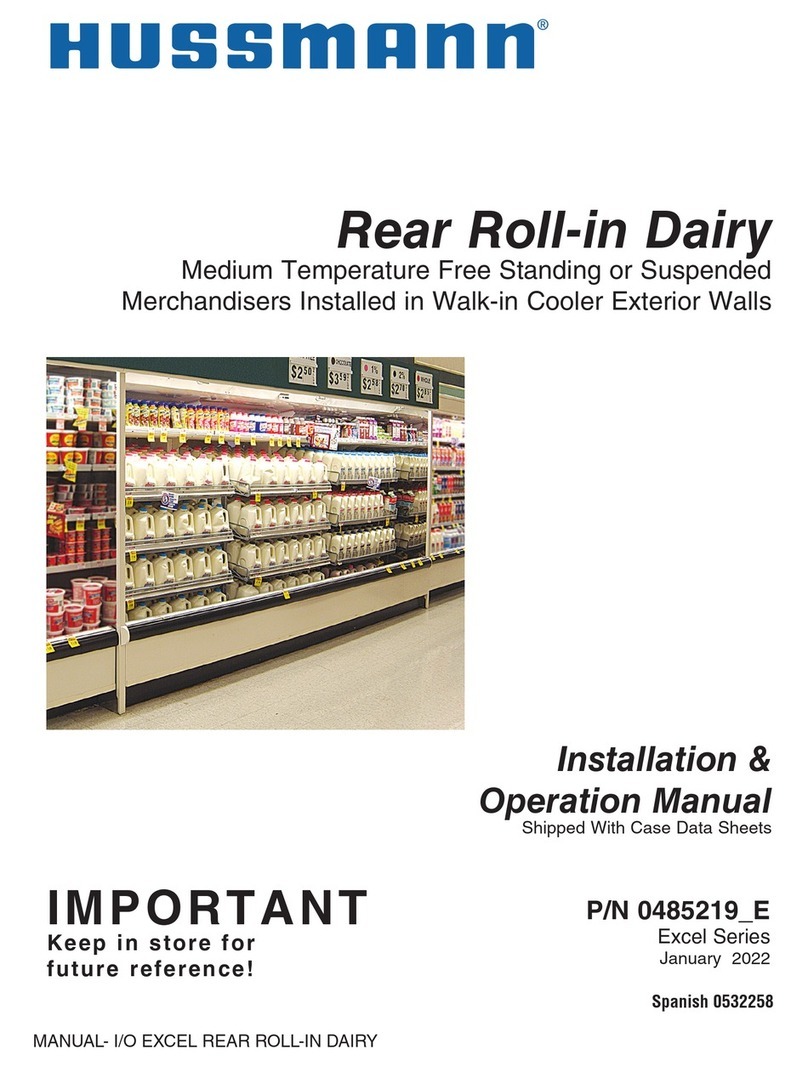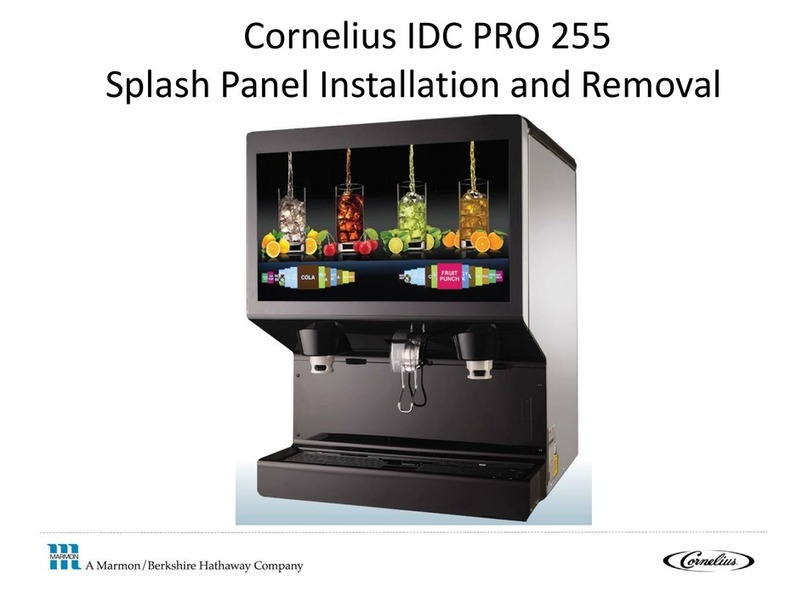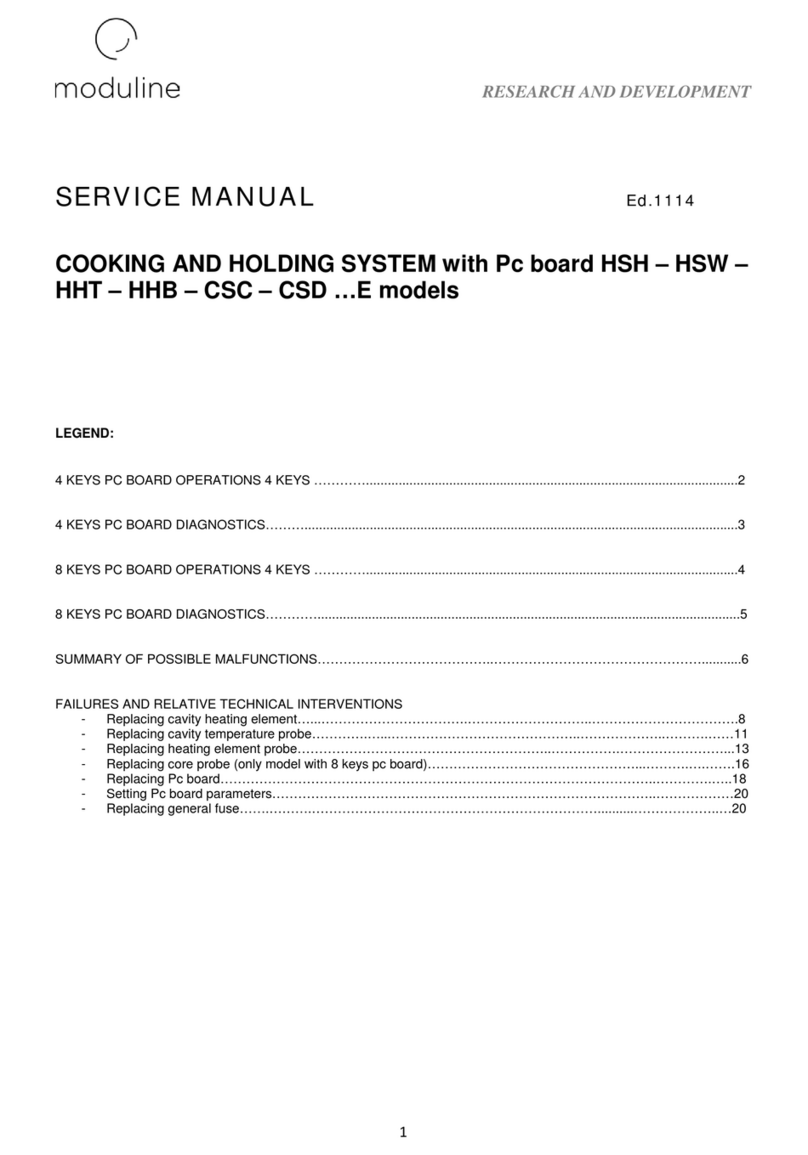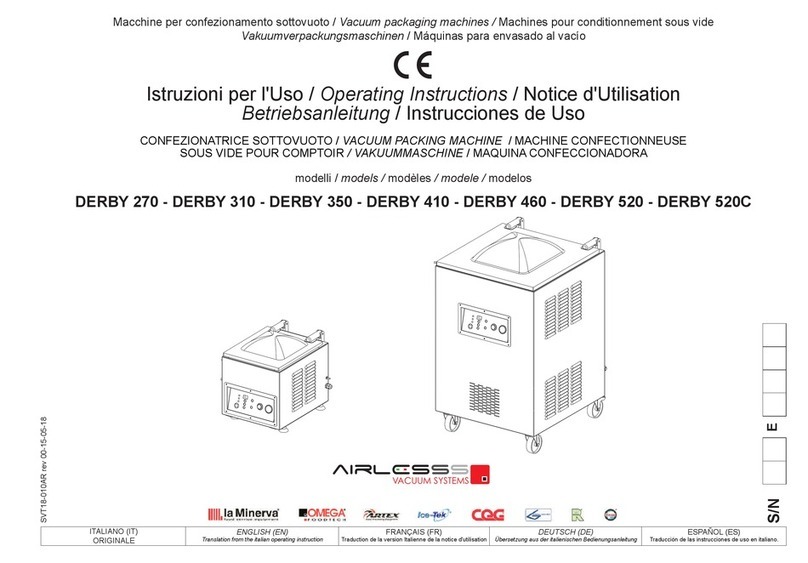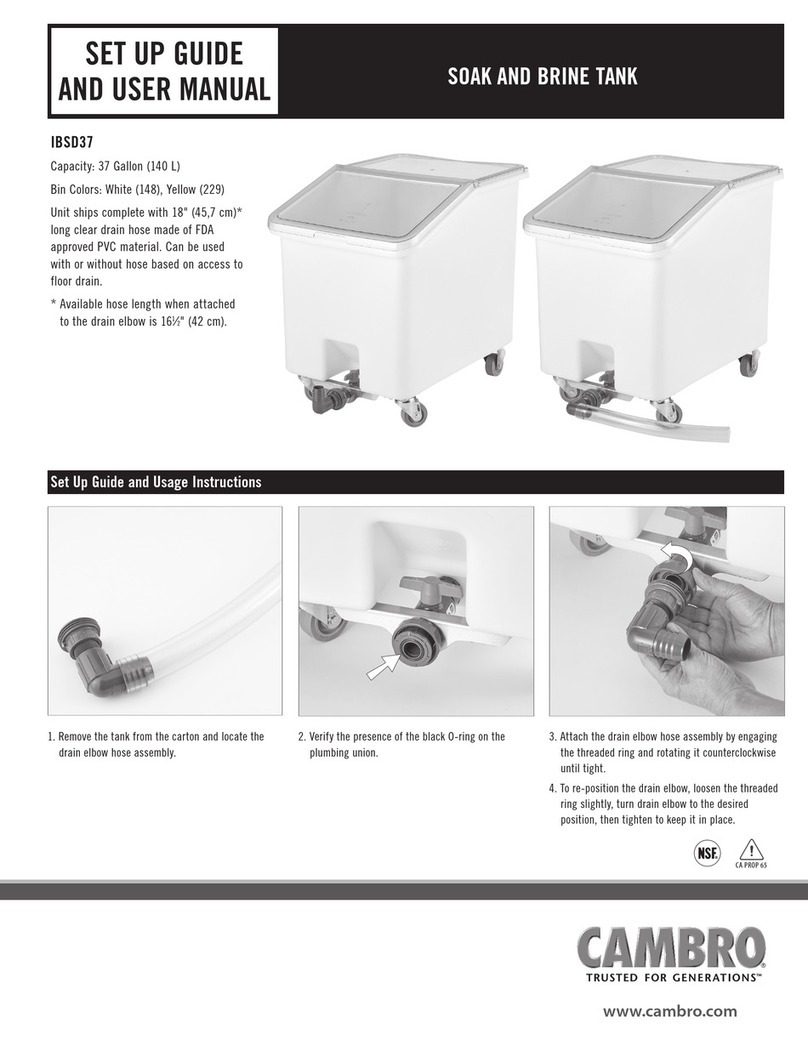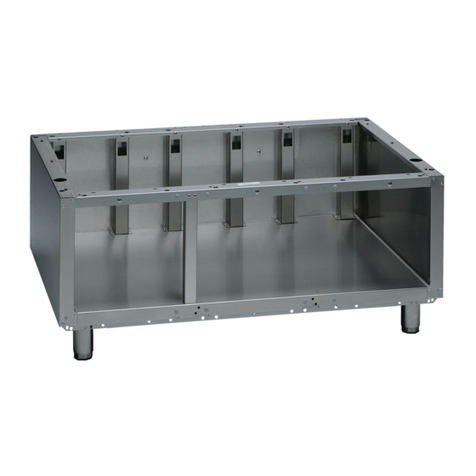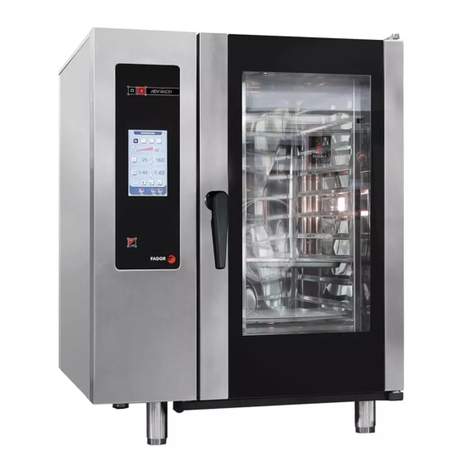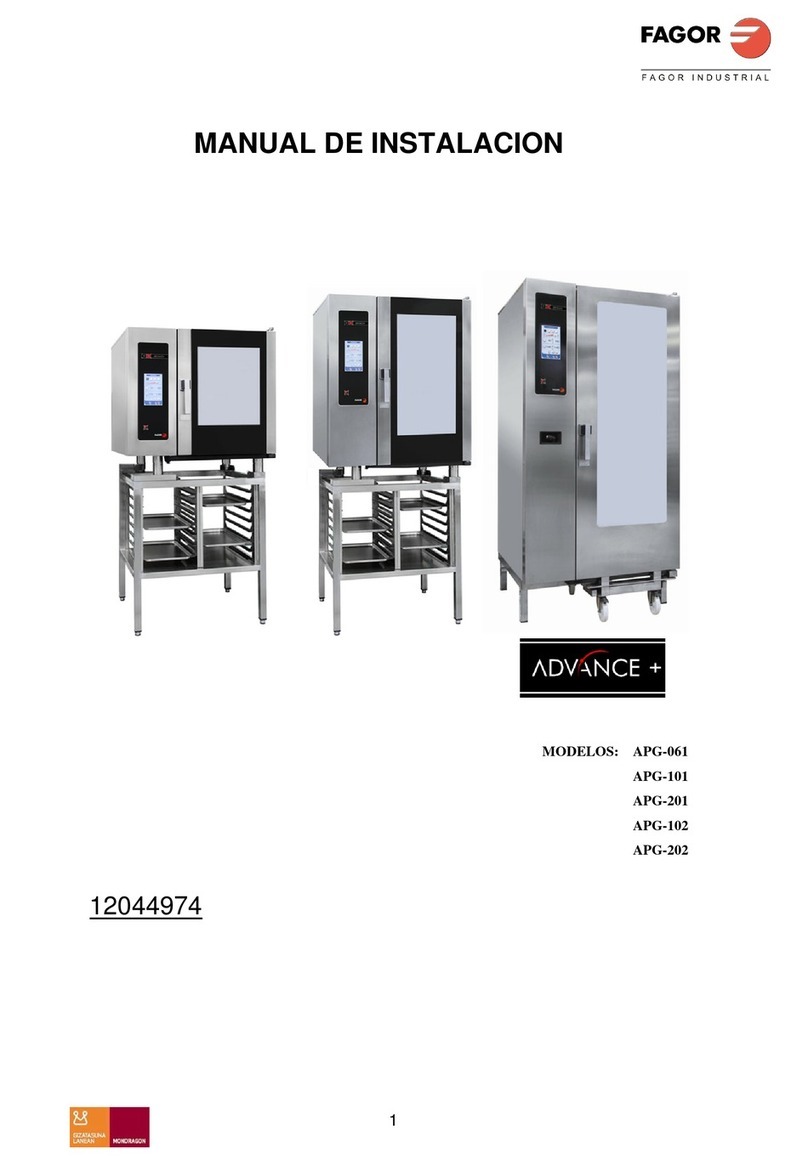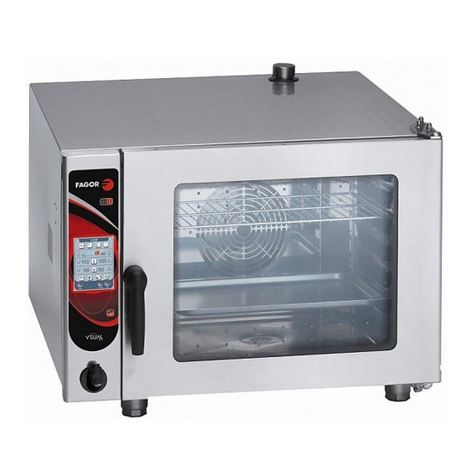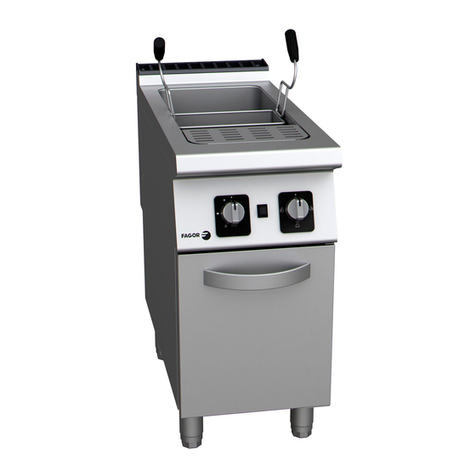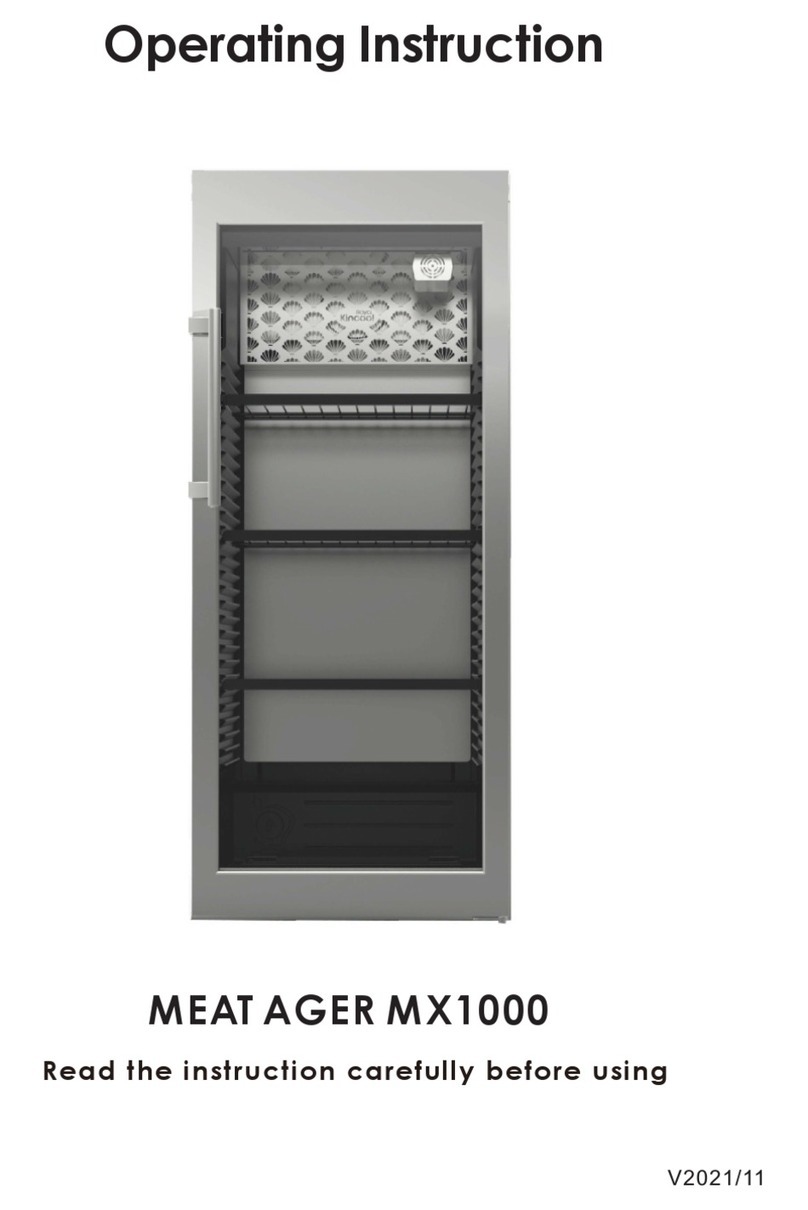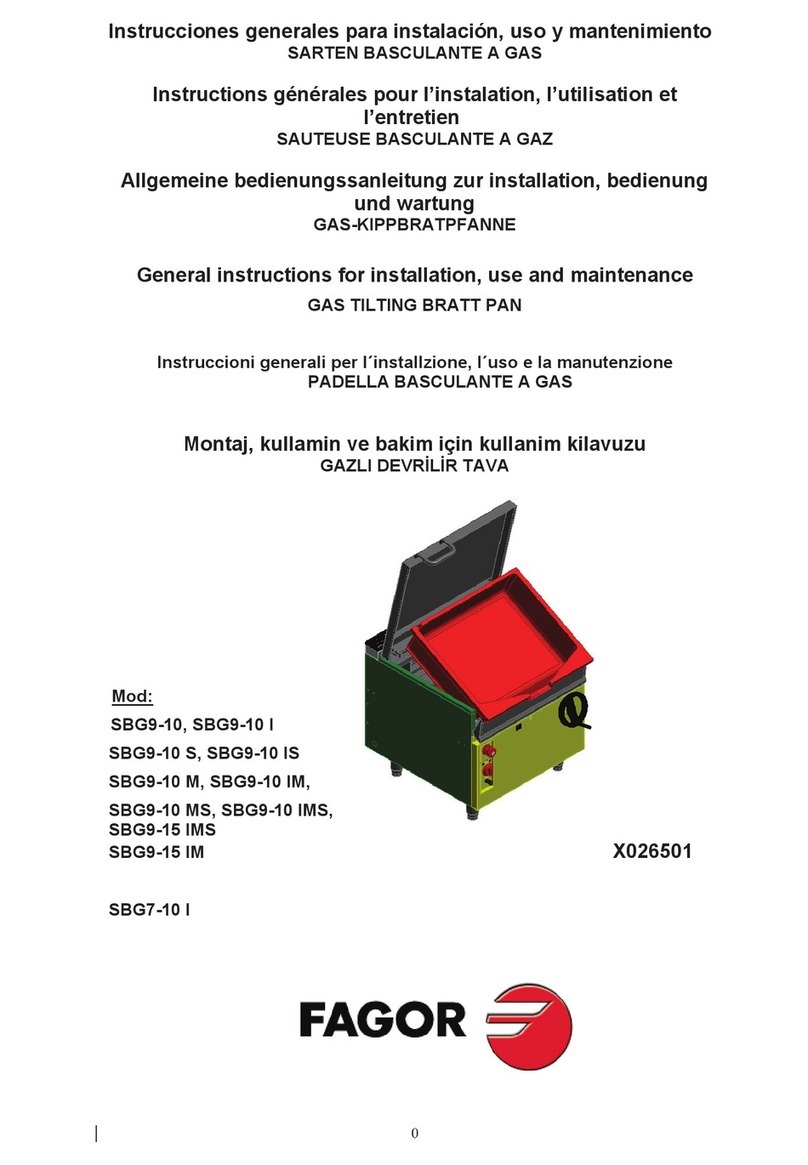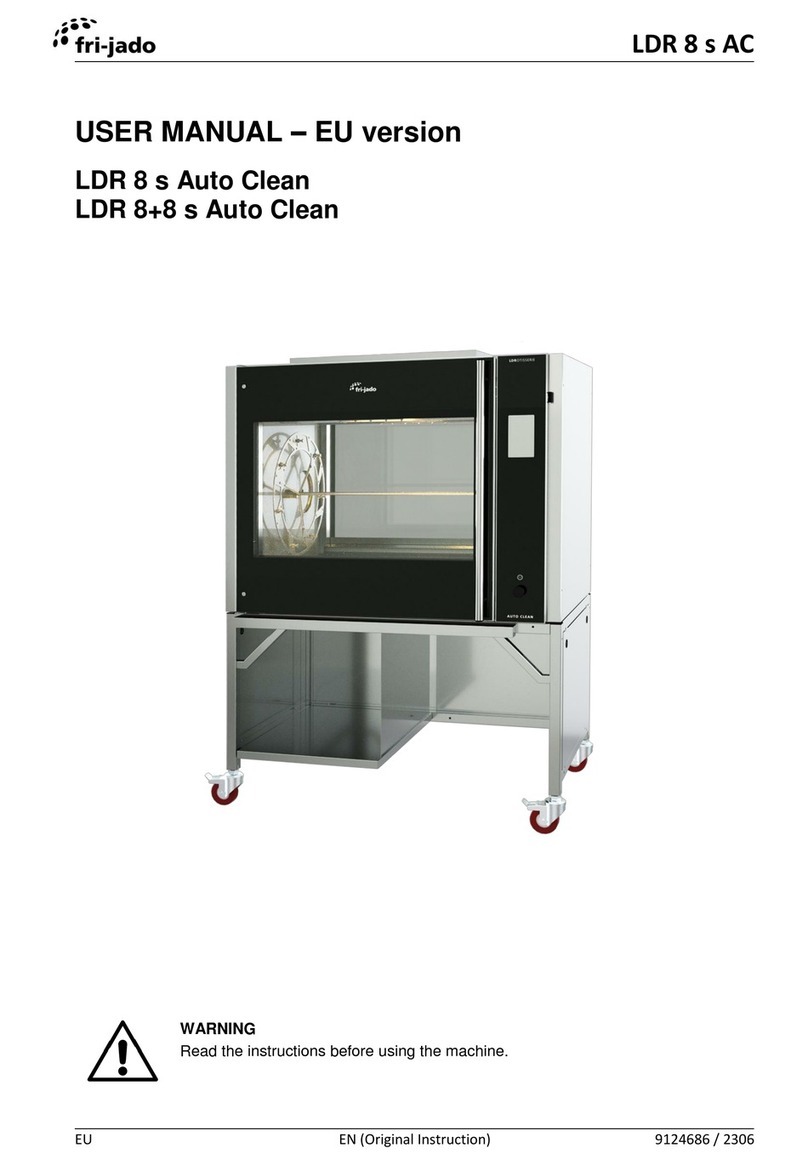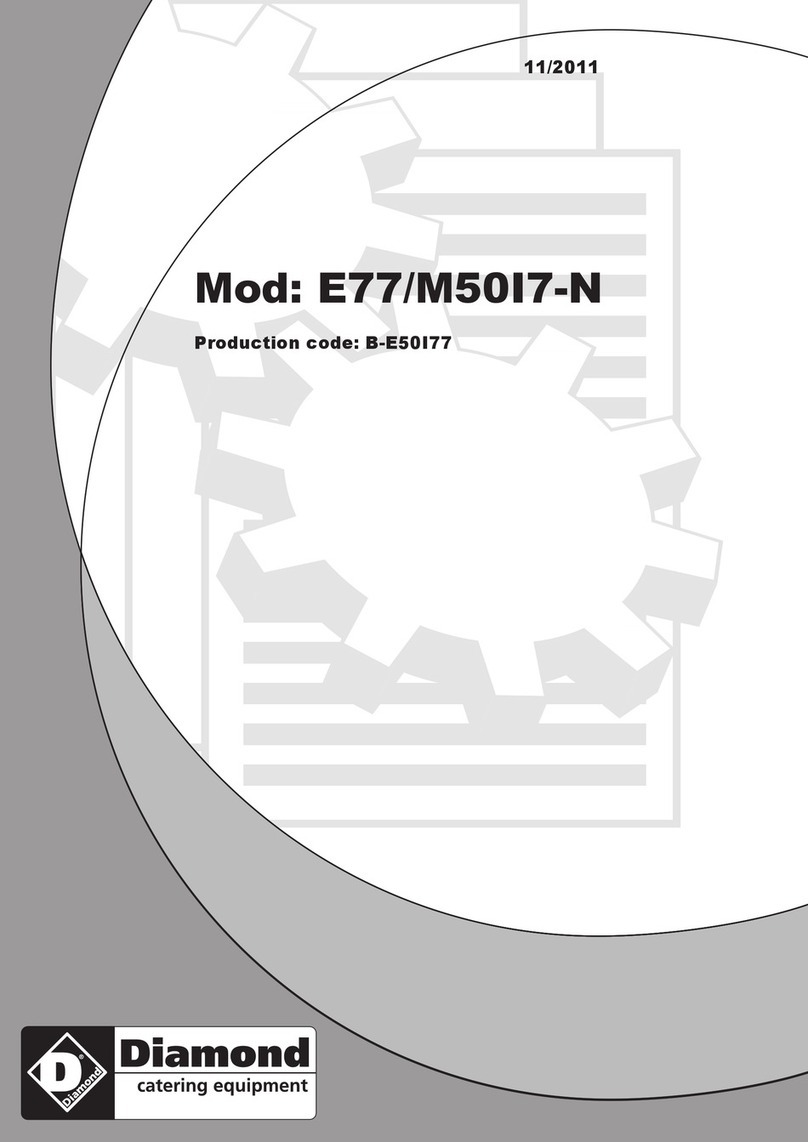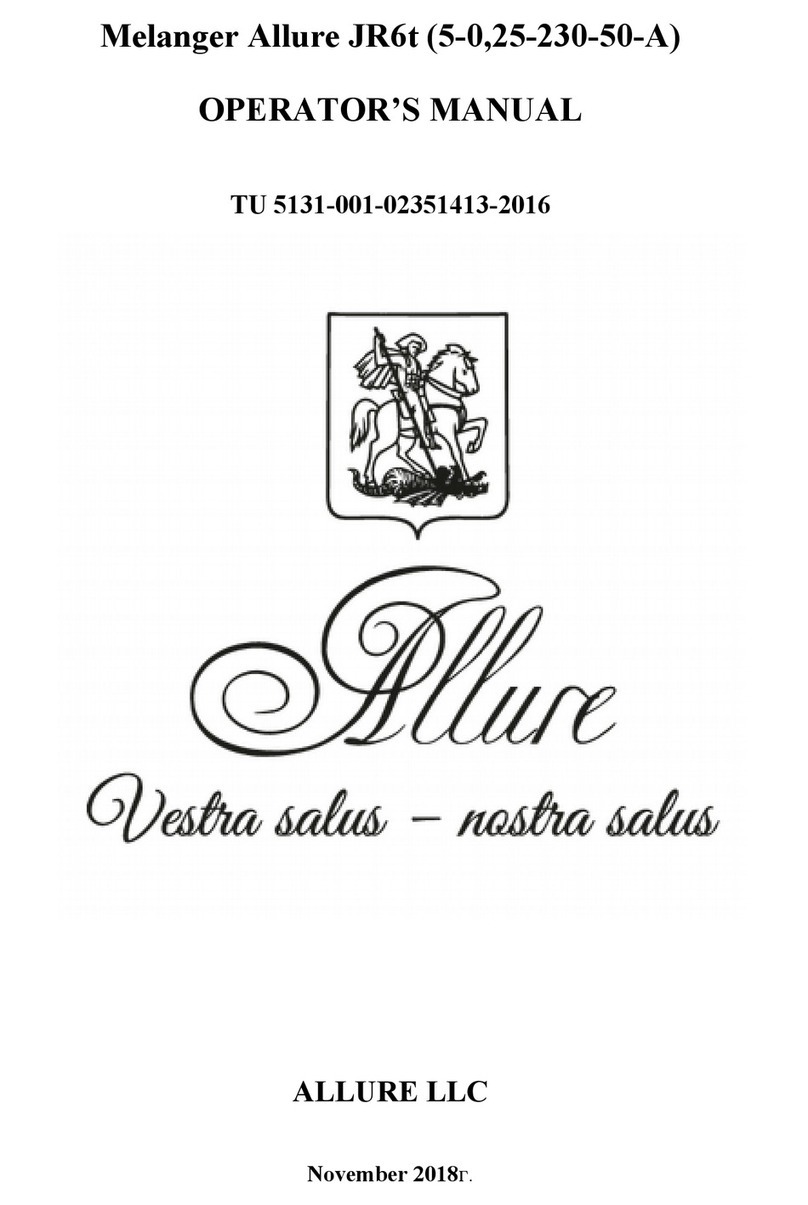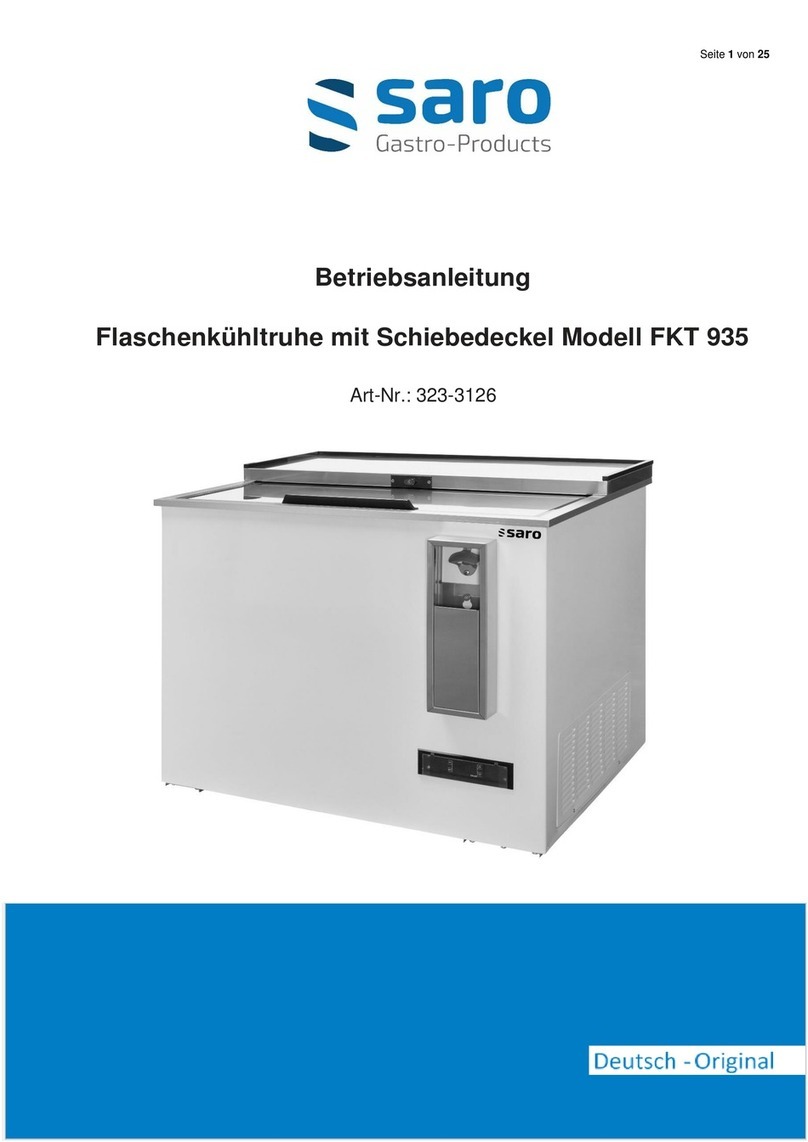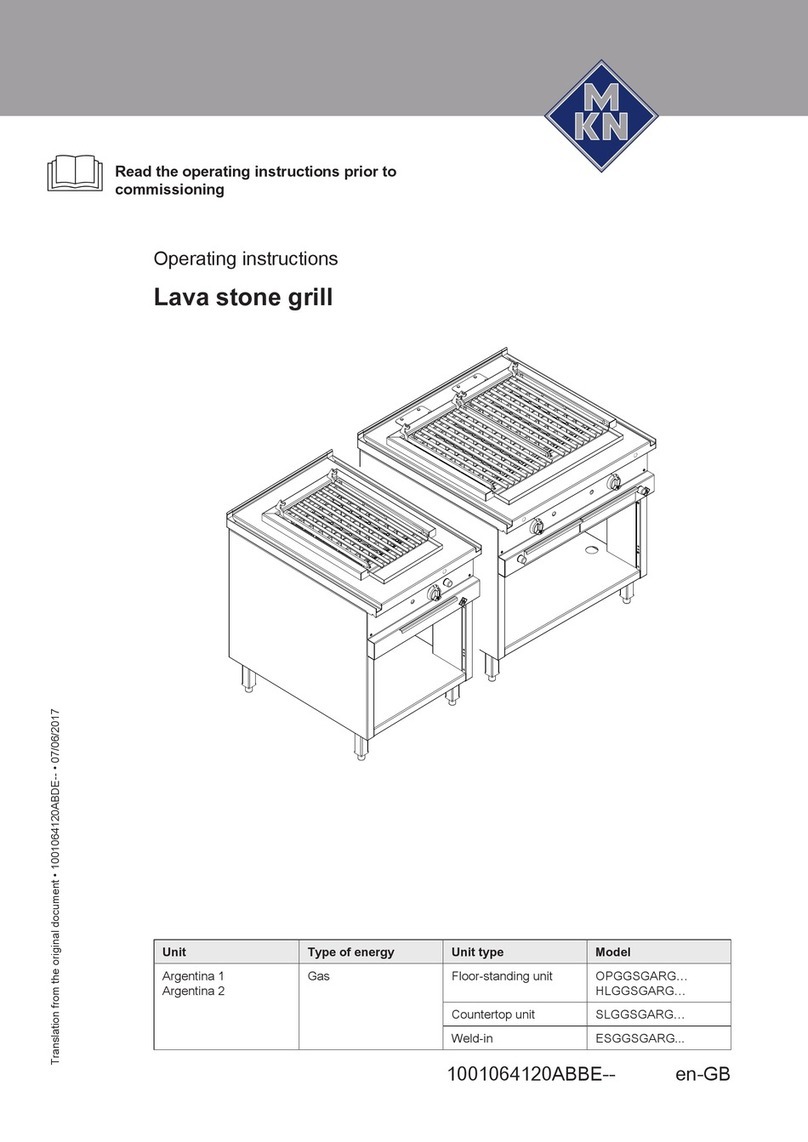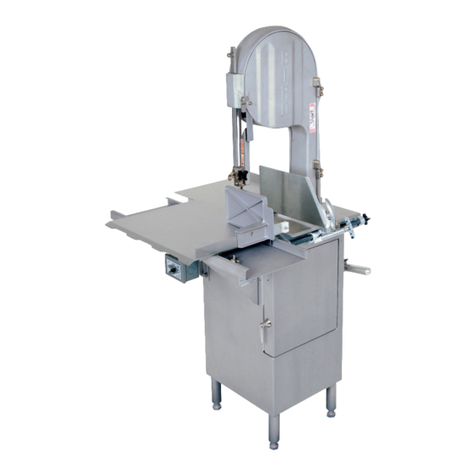6
2. ÍNDICE
1. ÍNDICE....................................................................................................................................................... 6
2. INFORMACIÓN Y ADVERTENCIAS GENERALES ................................................................................. 7
3. DATOS DEL PRODUCTO......................................................................................................................... 7
4. INSTRUCCIONES DE INSTALACIÓN...................................................................................................... 9
4.1 Desembalaje.............................................................................................................................................. 9
4.2 Emplazamiento y nivelación...................................................................................................................... 9
4.3 Montaje de equipos en bloques................................................................................................................. 9
4.4 Conexión eléctrica ................................................................................................................................... 10
4.5 Conexión de agua.................................................................................................................................... 11
4.6 Reciclaje .................................................................................................................................................. 11
5. INSTRUCCIONES DE USO Y MANTENIMIENTO ................................................................................. 11
5.1 Riesgos de utilización.............................................................................................................................. 11
5.2 Funcionamiento ....................................................................................................................................... 11
5.2.1 Descripción de los mandos...................................................................................................... 12
5.2.2 Encendido de las resistencias................................................................................................. 12
5.2.3 Apagado de las resistencias.................................................................................................... 12
5.2.4 Llenado de la cuba .................................................................................................................. 12
5.2.5 Vaciado de la cuba .................................................................................................................. 12
5.3 Consejos útiles ........................................................................................................................................ 13
5.3.1 Limpieza inicial......................................................................................................................... 13
5.3.2 Mantenimiento ......................................................................................................................... 13
5.3.3 No uso prolongado .................................................................................................................. 13
6. ANOMALÍAS, ALARMAS Y AVERÍAS .................................................................................................... 13
7. RECICLAJE DEL PRODUCTO ............................................................................................................... 14
